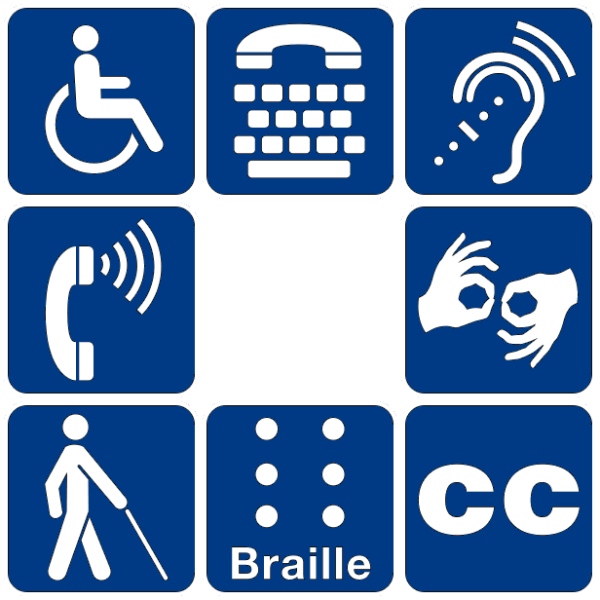Alternative Postsecondary Learning Pathways
 Several bills that recently came before the U.S. House of Representatives that would provide funding for people to enroll in alternative postsecondary pathways. As one article on usnews.com points out, this funding comes at the same time as a new study that looks at the quality of these programs and the evidence of their efficacy.
Several bills that recently came before the U.S. House of Representatives that would provide funding for people to enroll in alternative postsecondary pathways. As one article on usnews.com points out, this funding comes at the same time as a new study that looks at the quality of these programs and the evidence of their efficacy.
That report, "The Complex Universe of Alternative Postsecondary Credentials and Pathways" authored by Jessie Brown and Martin Kurzweil and published by American Academy of Arts and Sciences, evaluated alternatives that I have written about here: certificate programs, market-focused training, work-based training, apprenticeships, skills-based short courses, coding bootcamps, MOOCs, online micro-credentials, competency-based education programs and credentials based on skill acquisition rather than traditional course completion.
The report is wide-ranging and worth downloading if these are educational issues that concern you. If they don't concern you and you plan to work in education for another decade, you should really pay attention.
I'm not at all surprised that the earning power for "graduates" of alternative programs varies widely depending on the subject studied. A computer science certificate program graduate, for example, can expect to earn more than twice what a health care or cosmetology certificate recipient will receive.
Who pursues these programs? Certificate programs, work-based training and competency-based programs tend to attract older, lower-income learners who have not completed a college degree. But 80% of bootcamp enrollees and 75% of MOOC participants already have a bachelor's degree.
What do the authors of this study recommend? Policy changes to collect more comprehensive data on educational and employment outcomes and to enforce quality assurance standards. Also to devote resources to investigating efficacy and return on investment. The U.S. News article also points out that 19 organizations have promoted greater federal oversight of career and technical education programs in a June letter to the House of Representatives about the Perkins Act Reauthorization.

